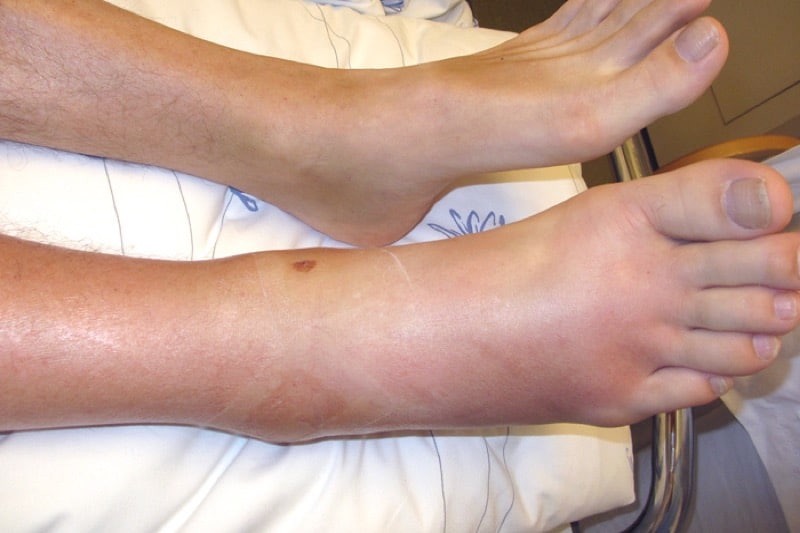Reactive Arthritis

Reactive arthritis is a condition that occurs after you’ve fought off an initial infection. It’s an unlucky condition to have, as for the most part, people are fine and heal from various types of diseases with no issues. However, for some, after a bout of food poisoning or another bacterial infection, there is another issue that pops up, causing swelling and pain in the joints — especially the ankles. Unfortunately, there is no cure for reactive arthritis, but it can be treated to help relieve symptoms. Fortunately, reactive arthritis is only temporary, but it can last a surprisingly long time for many. For example, most people who have reactive arthritis make a full recovery within a year (still a long time), but a percentage of sufferers will have to contend with long-term joint issues.
Regarding the most common cause of reactive arthritis, those with chlamydia typically also suffer from a bout of reactive arthritis after treatment. As such, it’s a good idea to avoid sexually transmitted diseases as much as possible and to use best-practice methods. Reactive arthritis can be a frustrating condition, but it is treatable.










